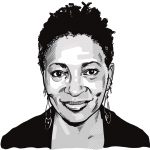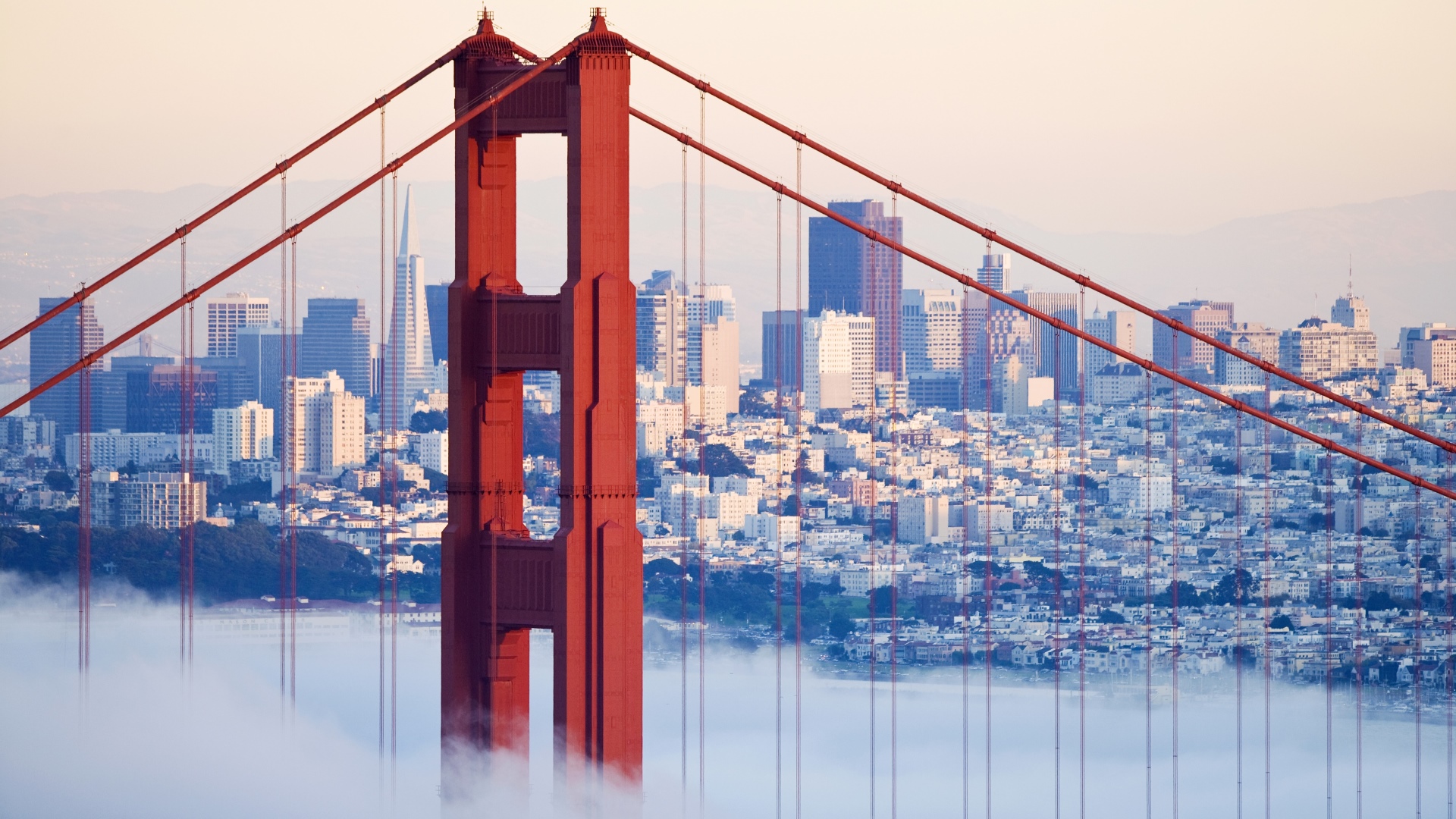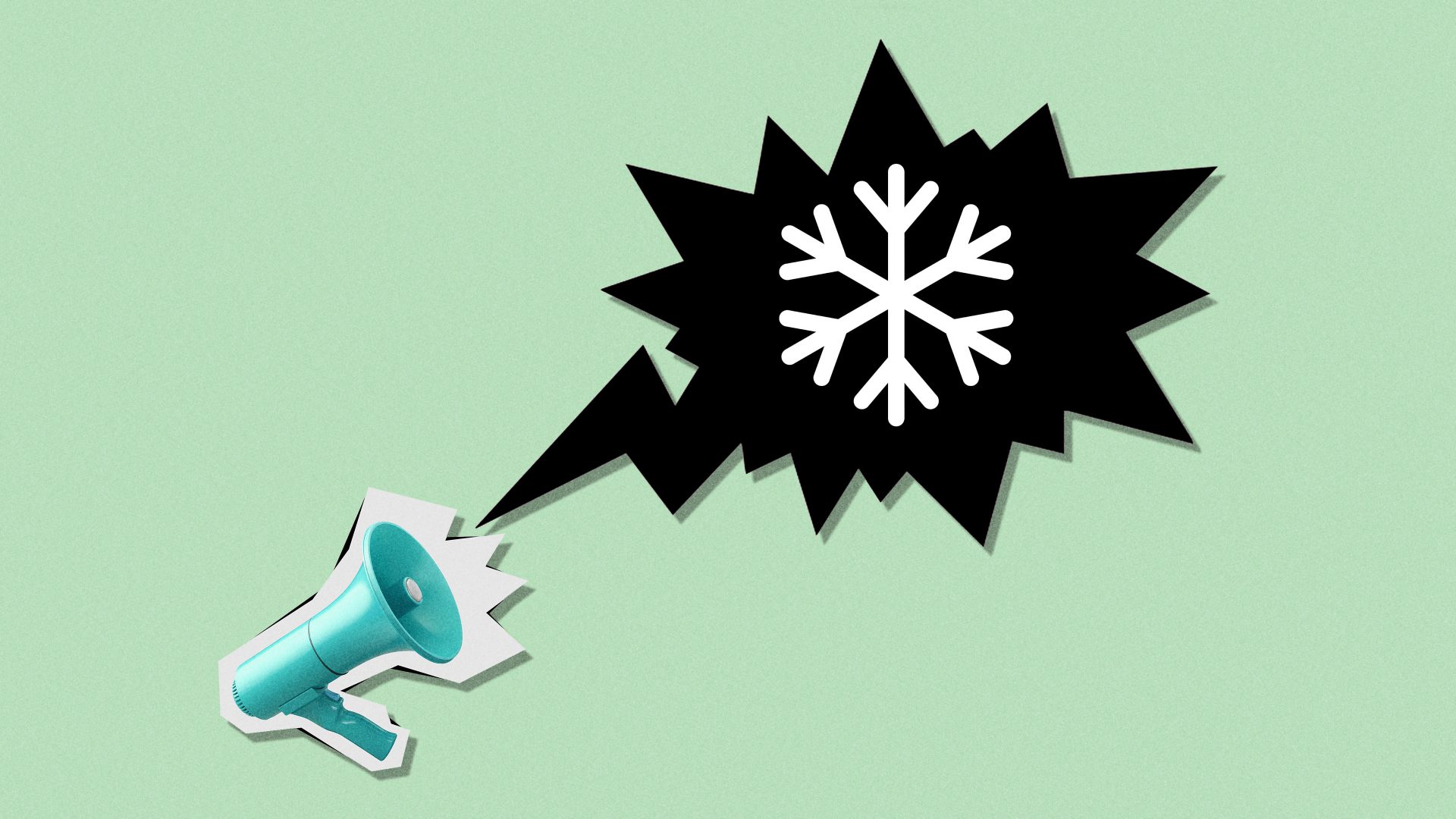If you’ve ever been in a branch of the high-end supermarket chain Whole Foods – which is known in the US as “Whole Paycheck” – then you know about their in-store “hot bar”, where you can pile up various sundry hot dishes to take back to your desk. There is also a selection of delicious, if expensive, salad makings on offer, known as the “cold bar”.
This feature of the megastore, owned by Amazon, was one of the great lures for the techies who worked in offices around Whole Foods’ 65,000 sq ft flagship location in the mid-market neighbourhood of San Francisco. But when the store shut down in March, it had become famous not for the hot and cold bars, but for the homeless people and druggies – and maybe a combination of the two – who made up a section of its regulars.
Shoplifting was rife. Some would walk in, fill up a handy cardboard container and walk out. “Man with machete is back,” could sometimes be heard over the security team’s walkie-talkies. One guy, when asked why he had taken food without paying, said before strolling away down the street: “I’m hungry.”
Whole Foods had taken a bet that even though they were in what is called a “gritty neighbourhood”, they were, after all, near Twitter HQ. Good idea. But San Francisco has changed.
Now there are some parts of the city that are full of tents, shelters for those who have none in a city whose job, like that of any city, is to provide public services. People take drugs openly in the street.
Some blame what they call the “progressive” views of the mayor, a native San Franciscan called London Breed, on drug policy and housing. She laid down strict Covid regulations, but was filmed dining at a now-infamous gathering of the Great and the Famous, unmasked, at an ultra-chic restaurant.
Many say that the cost of living in San Fran has destroyed what was once called “the city on the hill”. The average American makes about $53,000 (£42,500) a year. You need about six times that much to live in San Francisco. Or at least you did, before the businesses and retailers started to move out; many because the Covid lockdown stopped workers coming into the city.
Then people began to stop moving there. They could still understand the need to have to make about $350k a year to live comfortably in New York City. But to have to make as much to live comfortably in San Francisco? When what it mainly offered was a boom town for techies?
Then there is the crime rate. Nordstrom, a huge and legendary shopping emporium, regarded as being on the same level as Harrods and Galeries Lafayette, is pulling out. They have cited crime as well as a lack of footfall.
Attacks on people of Chinese descent, in particular, have escalated. There is one video of an old lady fighting off a strapping white man who simply walked up and slapped her. She took him down, but not without great expense to herself. So while you cheered her, it was also appalling and sickening to see.
San Franciscans will tell you that there was always crime in the city, especially in the downtown area, the centre of shopping and high-end businesses. Some say the crime narrative is too simplistic. And while there are some horrific stories – like the fatal street stabbing of a tech executive and the beating of a former city fire chief – the city’s violent crime rate is at a near-historic low. It is lower than most mid-sized to large cities.
It is actually the tech boom, its reach and hold on the city, some say, that has done San Francisco in. That boom led the city to stockpiling office space. Many of those who financed the buildings leveraged themselves to the hilt to do so, and raised rents while the market was hot. But now things have changed: offices are empty and even knock-down rents are not luring businesses back. Investors are running out of cash to pay off their loans as fixed periods come to an end, high interest rates are making refinancing near-impossible. Veritas, San Francisco’s biggest landlord, defaulted on a $448m (£360m) loan earlier this year. It is landlords like these who pay the taxes that the city needs.
This reality, plus the escalating smash-and-grab crimes against property, make San Francisco in some eyes a kind of Mad Max Beyond Thunderdome dystopia. And not a good place to do business.
The city no longer has Kamala Harris who, as district attorney in the early 2000s, took down a sizeable number of drug dealers and users. She did this at a furious pace. But this era’s drugs are different to the ones Harris dealt with, and harder to police out of the situation.
And there is The Gavin Newsom Conundrum. The Democratic governor of California is in a kind of “diss” fight with Florida governor Ron DeSantis. So if Newsom allows supervised drug centres in San Francisco – which seem to work elsewhere in the US – it puts him squarely in the sights of the right wing DeSantis, who has made San Francisco into a bogeyman.
If Newsom somehow ends up running against DeSantis for the presidency – next year or in the future – it will be a compare-and-contrast contest of the man who the right say gave “woke” a breeding ground versus the man who calls Florida the place “where woke comes to die”.
The question is: what will become of this great city, in a state that, if it was a nation, would be ranked fifth in the world by GDP?
I had a play reading once in San Francisco and, being the Midwesterner/ East Coaster that I am, I jumped at the chance to go. Because if you came of age in the 1960s, then you lived, in your mind, in San Francisco. “If you’re going to San Francisco / Be sure to wear some flowers in your hair,” as that song said.
Tony Bennett left his heart in San Francisco. And Otis Redding is still sittin’ on the dock of the bay there, “wastin’ time”.
Do Gen Xs and Zs feel that way now? Because San Francisco and its future belong to them, are them.
Perhaps we need a Boccaccio to see it all – he, the great poet and survivor of a plague-ridden city. San Francisco is now for too many like a plague-ridden medieval Florence, once glorious, now inglorious.
It is the seat now of a kind of terrible l’Umana commedia, which may tell us more about big cities than we may dare to face.




